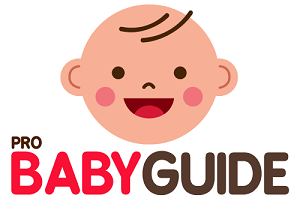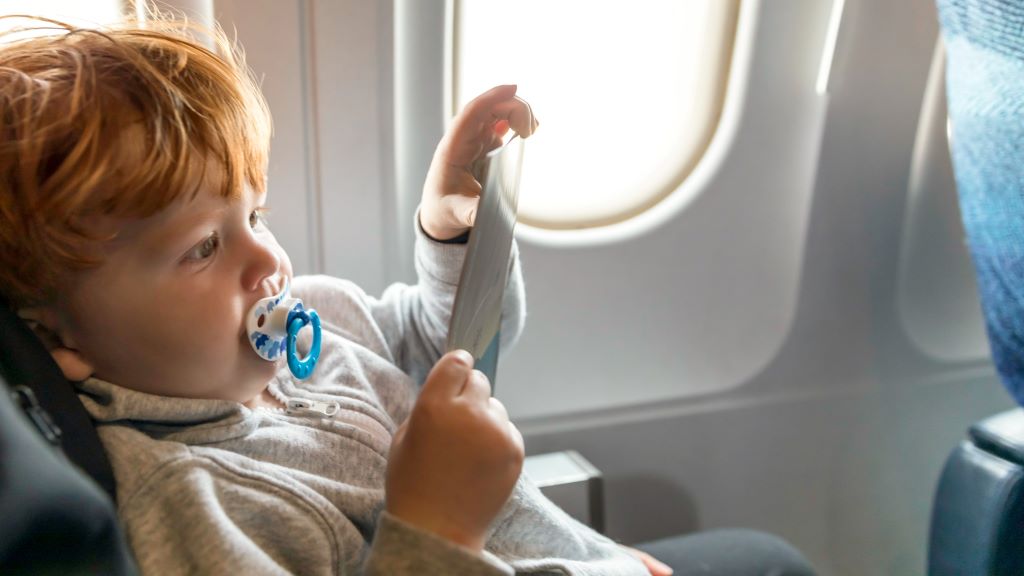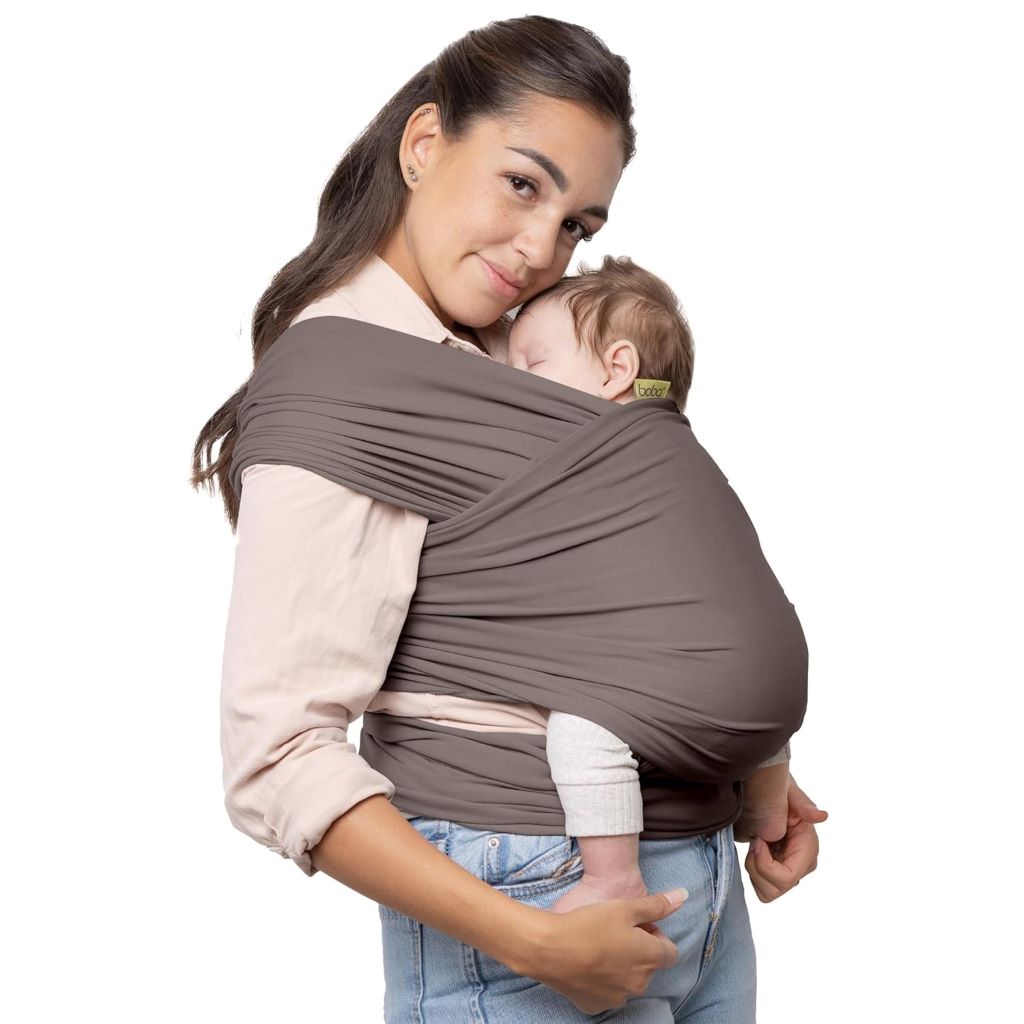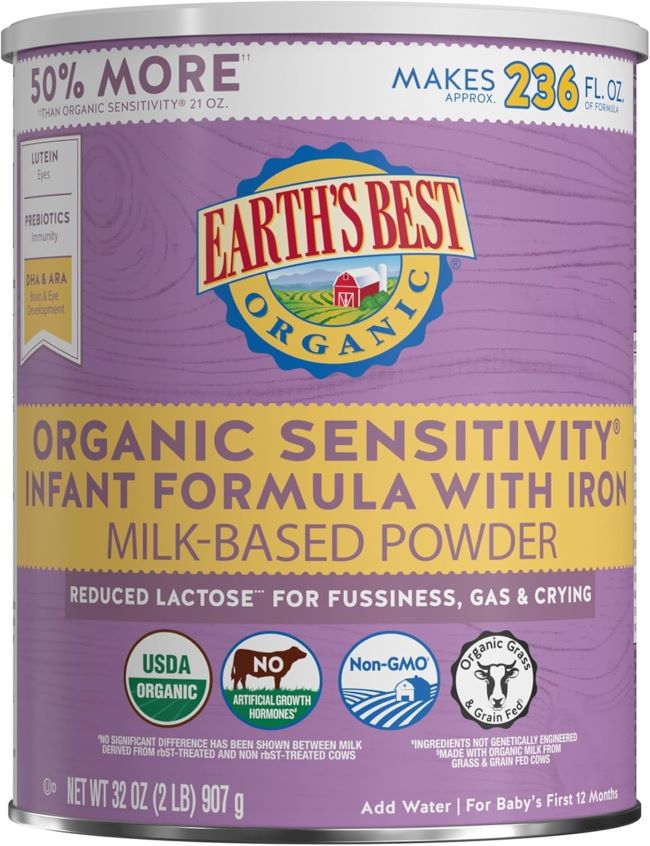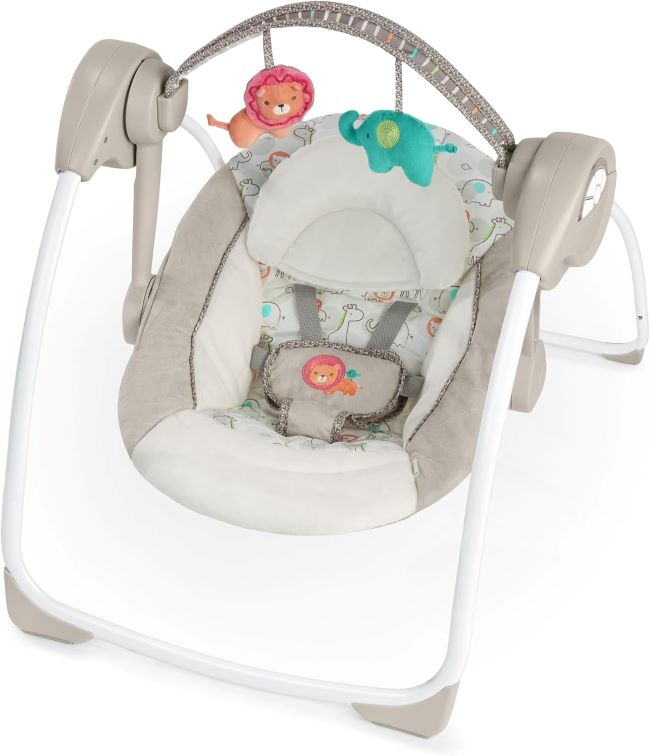Traveling with toddlers can be a rewarding but challenging experience. One of the biggest challenges is keeping your little one happy and content during long journeys. For many parents, pacifiers are a lifesaver in these situations. However, using pacifiers on the go can also present its own set of challenges. In this article, we’ll explore some tips for pacifier use and tricks for using pacifiers effectively while traveling with toddlers, ensuring a smoother and more enjoyable trip for everyone.
Why Pacifiers Can Be Helpful for Travel
Pacifiers can provide a sense of comfort and security for toddlers, especially in unfamiliar or stressful environments. They can help soothe your child during take-offs and landings, calm them down in busy airports or train stations, and even promote sleep during long journeys.
However, it’s important to remember that pacifiers are not a magic solution and should be used in moderation. Overuse can lead to dental problems and speech delays, so it’s important to strike a balance and use them strategically.
Tips for Using Pacifiers While Traveling
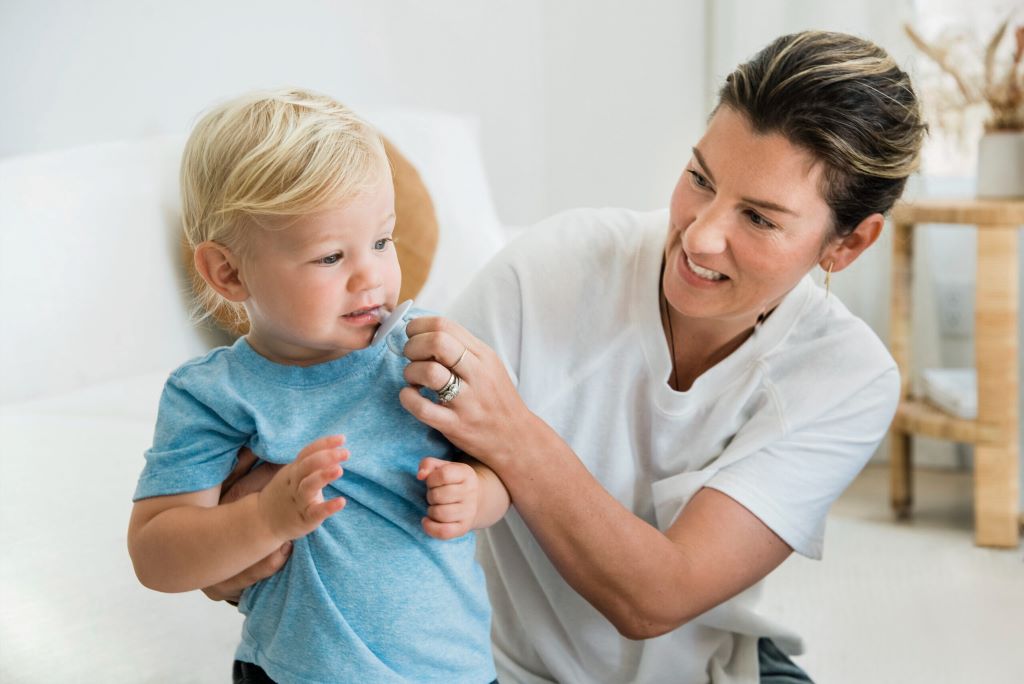
- Pack Plenty of Pacifiers:
- Bring more than you think you’ll need. Pacifiers can easily get lost or dropped, especially in busy travel environments.
- Pack them in a separate, easily accessible bag or pouch.
- Consider using a pacifier clip to attach the pacifier to your child’s clothing, preventing it from falling on the ground.
- Keep Pacifiers Clean:
- Carry a small container or bag specifically for storing clean pacifiers.
- If you need to clean a pacifier on the go, rinse it thoroughly with bottled water or use pacifier wipes. Avoid using tap water, especially in countries with different water quality standards.
- Use Pacifiers Strategically:
- Offer the pacifier during times of stress or discomfort, such as take-off, landing, or when your child is feeling overwhelmed in a new environment.
- Avoid using the pacifier as a constant distraction or to silence your child unnecessarily.
- Encourage your child to engage with their surroundings and explore their new environment.
- Be Prepared for Pacifier Weaning:
- If your child is approaching the age where they should be weaning off the pacifier, consider using travel as an opportunity to start the process.
- Gradually reduce the amount of time your child uses the pacifier during the trip.
- Offer alternative comfort items, such as a favorite blanket or stuffed animal.
- Respect Your Child’s Preferences:
- Some children may not want to use a pacifier at all, while others may be more reliant on it.
- Pay attention to your child’s cues and don’t force them to use a pacifier if they don’t want to.
- Respect their individual needs and preferences.
Read More: Itzy Ritzy Natural Rubber Pacifiers, Set of 2 – A Soothing Choice for Your Little One
Additional Tips for Traveling with Toddlers
- Plan Your Trip Carefully: Choose destinations and activities that are toddler-friendly. Avoid long journeys or complicated itineraries that may be overwhelming for your child.
- Pack for All Situations: Bring plenty of snacks, drinks, diapers, wipes, and changes of clothes. Be prepared for unexpected delays or changes in plans.
- Create a Comfortable Travel Environment: Bring familiar items from home, such as a favorite blanket or toy, to help your child feel more comfortable in unfamiliar surroundings.
- Manage Expectations: Traveling with toddlers can be unpredictable. Be flexible, patient, and prepared for anything.
- Embrace the Adventure: Despite the challenges, traveling with toddlers can be a wonderful experience. Embrace the adventure and create lasting memories together.
Remember: Every child is different, and what works for one may not work for another. Be flexible, adaptable, and most importantly, patient. With a little planning and preparation, you can make traveling with your toddler a positive and enjoyable experience for everyone.
Read More:
Tommee Tippee Ultra-Light Silicone Pacifier: A Breath of Fresh Air for Baby’s Comfort
NUK Comfy Orthodontic Pacifiers: A Soothing Companion for Your Little One’s Early Months
